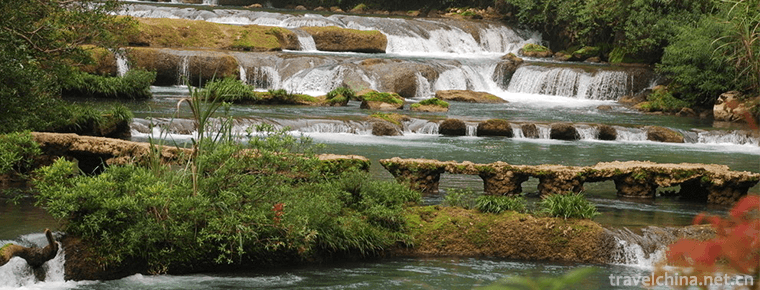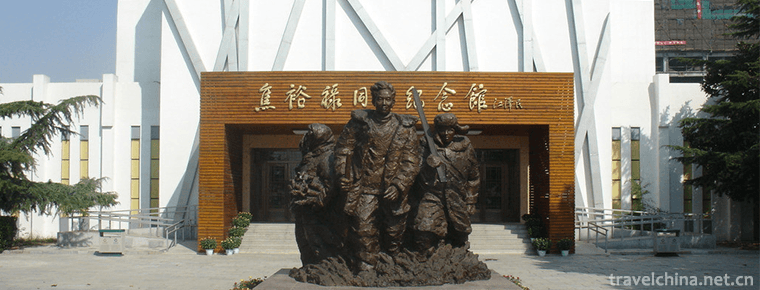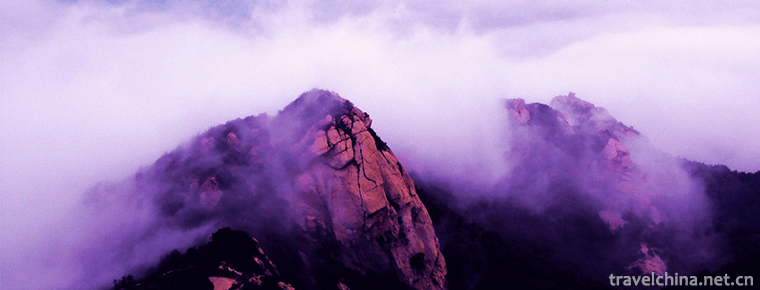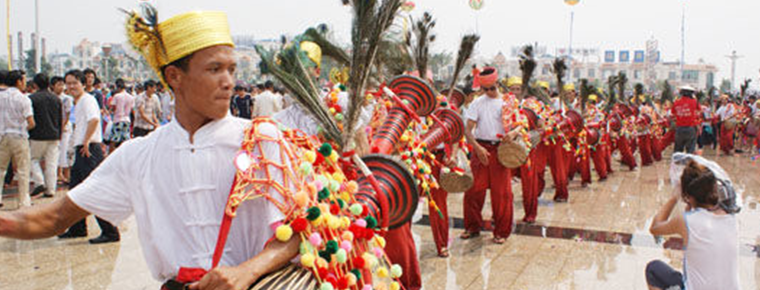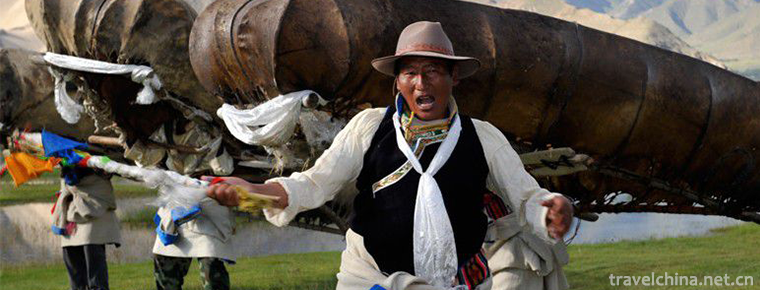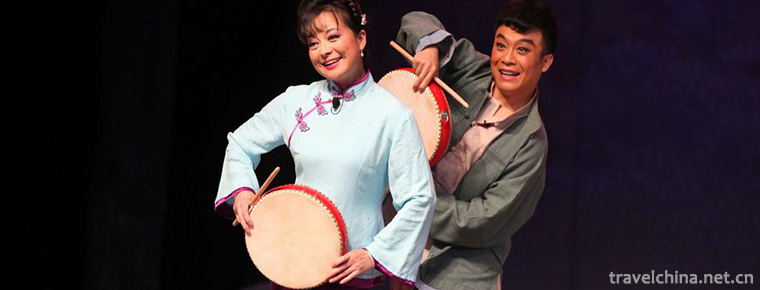Black Tea Production Techniques
Black Tea Production Techniques
Black tea, originally known as "Border Tea", was smuggled across the border by merchants as early as the end of the 16th century. In the Ming Dynasty, black tea was designated as "official tea" and sold exclusively to the northwest of Shaanxi, Gansu, Qinghai, Xin, Ning and Tibetan minority areas, so it was also called "edge (selling) tea". Black tea is one of the six major types of tea, and it is also a special kind of tea in our country. It has a long history of production, a vast production area, a large sales volume and many varieties. The output accounts for about a quarter of the total tea production in China, mainly for border sales, partly for domestic sales and a small amount for overseas Chinese sales. Historically, tea merchants trafficked Anhua black tea to Tibet, Xinjiang and other places through the ancient tea-horse road.
In 2008, black tea production technology was approved by the State Council and listed in the second batch of national intangible cultural heritage list, including the production technology of Fuqian tea in Yiyang City, the production technology of thousand-two tea in Anhua County and the production technology of South roadside tea in Ya'an City, Sichuan Province. Sichuan Ya'an Friendship Tea Co., Ltd. (Black Tea Making Techniques, South Road Tea Making Techniques) was selected as the first national demonstration base for the productive protection of intangible cultural heritage. In 2012, Gan Yuxiang was named the national representative successor of black tea production technology.
History
Xiaguantuo Pu'er tea is pressed tightly. Its concave surface looks like a small thick-walled bowl, and its convex surface looks like a small round bread. Its appearance is exquisite and its curve is exquisite. Its processing process originated from "Pu'er Tea" in Ming Dynasty and "Daughter Tea" in Qing Dynasty. It was successfully finalized by "Yongchangxiang" in Xiaguan in 1902 and has a history of more than 100 years.
Tracing back to the origin of Xiaguantuo tea can be seen from historical records. In Volume 3 of Metabolism of Zhaozhe in the Ming Dynasty, Yunnan Lue, there is a record of "all the common people used tea, steamed and duanzhi", which shows that Puer Duanzhi tea was produced at that time. Ruan Fu of the Qing Dynasty "Pu'er Tea Records" contains: "The small and nursery name of daughter tea, daughter tea is taken by women before the rain, that is, quadruple reunion tea. The Qing Dynasty's Zhang Hong's Xinyu in Western Yunnan also said, "The treasures of popular tea are the names of Maojian, Bud Tea and Daughter. Daughter tea is also a kind of bud tea, all of which are collected by women of different nationalities. The money is accumulated as makeup, so it is named. From the historical data of the Qing Dynasty, we can see the various characteristics of Daughter Tea: (1) picking time of fresh leaves (before rain); _weight (four or two weights, about 125 grams); 3) shape (group tea); 4) raw materials for making loose tea (bud tea, second only to Maojian's precious Pu'er tea); 5) the origin of the name (after the girl sells this high-grade Pu'er Tea, she accumulates private house money for purchasing the marriage at the time of marriage. Makeup. From this we can see that by the Qing Dynasty, there were more prototypes of Xiaguantuo tea processing.
The quantity of Xiaguantuo tea is similar to that of "moon cakes" group tea, which was produced by private tea shops in Jinggu County. It was sold in 1900 and made in Xiaguan, also known as "Jingguan tea". The original shape of "Yongchangxiang" Xiaguan Tea Factory has been improved. It not only absorbs the compactness and convenience of transportation of "moon cake" tea, but also fully considers the prevention of endogenous mildew caused by excessive thickness of tea, as well as the factors of post-fermentation during transportation and storage. The biggest design feature of this small bowl-shaped Xiaguantuo tea is that it can increase the surface area as much as possible in the limited space. Such exquisite design not only ensures the good air permeability of compacted tea, prevents excessive thickness of tea garden and endogenous mildew, but also increases the contact between the concave and convex surface of tea and air, effectively promotes its slow aerobic natural fermentation process, which is very beneficial to the post-fermentation of raw tea, and can make it long-term storage and lasting treasure. This classic innovative design was completed in 1902. It not only upholds the tradition, but also enlightens the future. It has a far-reaching impact on the reputation of Tuotuo Tea in Yunnan in the future at home and abroad.
The founder of Xiaguantuo Tea is Yan Zizhen (Zhengui), the head of the "four major commercial groups" in Xizhou, Dali. He established the "Yongchangxiang" business name in 1902 by joint venture with Peng Yongchang, a businessman from Jiangxi Province, and Yang Hongchun, a businessman from Beicheng City. In our country, we mainly do Yunnan and Tibet. Yunnan-Sichuan trade mainly deals with Yunnan-Myanmar and Yunnan-India trade abroad. Its business principles are: Yunnan tea sold in Sichuan and Tibet; Sichuan silk sold in Myanmar; Myanmar cotton sold in Yunnan; Yunnan Tibetan medicine sold in Sichuan. It mainly relies on long-distance trafficking and profits from the redeployment of surplus and deficiency.
Once Yongchangxiang's Xiaguantuo tea came out, it soon opened up its market in Yunnan, Sichuan, Tibet and other places. Other businessmen saw great profits in Tuotuo tea and invested in it. Xiaguan became a big battlefield for businessmen to compete for Tuotuo tea. Before the end of the Anti-Japanese War, there were eighteen tea factories in Xiaguan, including Yongchangxiang, Maoheng, Fuchunhe, Chengsheng and Hongshengxiang. In the fierce market competition, Yongchangxiang fought steadily in the business war, and made great efforts to defeat all the heroes. The "Songhe Brand" Tuotuo Tea not only attaches great importance to quality, but also has novel promotion and anti-counterfeiting methods. For example, in a certain batch of Tuotuo tea, we can find Tuotuo tea with a golden ribbon marked with a trademark. For every ten ribbons accumulated by customers, we can exchange one kilogram of tea at the distribution store.

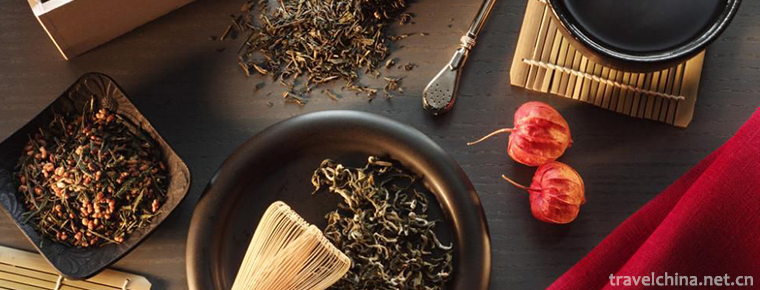
Black Tea Production Techniques
-
Libo Zhangjiang Scenic Spot
Libo Zhangjiang Scenic Spot is located in Libo County, Buyi and Miao Autonomous Prefecture, Guizhou Province, with a total area of 118.8 square kilometers. It is composed of big and small Qikong sceni
Views: 204 Time 2018-12-12 -
Yanxiangdong Ecotourism Area of Hanjiang River
Yanxiangdong Ecotourism Scenic Spot of Hanjiang River is located in Shiquan, covering an area of 80 square kilometers, north of Qinling Mountains and south of Bashan Mountains
Views: 216 Time 2019-01-13 -
Scenic Spots of the Three Gorges of the Yellow River
The Three Gorges Scenic Area of the Yellow River, the national AAAA-level tourist attraction, the home of Chinese dinosaurs, painted pottery, flowers and Nuo culture.
Views: 171 Time 2019-01-18 -
Jiao Yulu Memorial Park
Jiao Yulu Memorial Park (formerly Jiao Yulu Martyrs Cemetery) was built in February 1966. It is located on the old embankment of the Yellow River in the north of Lankao County, Kaifeng City
Views: 174 Time 2019-01-22 -
Kunyu Mountain National Forest Park
Kunyushan National Forest Park is located in Mouping District, Yantai City, Shandong Province. It covers an area of 48 square kilometers and belongs to warm temperate monsoon
Views: 315 Time 2019-01-29 -
Little Three Gorges
Wushan Xiaoxiao Three Gorges is the general name of Changtan Gorge, Qinwang Gorge and Sanzhuang Gorge on Madu River, a tributary of Dicuixia of Daning River. Wushan Xiaoxiao Three Gorges is known as t
Views: 201 Time 2019-02-25 -
Genghis Khan Festival
Genghis Khan's sacrifice is a Mongolian custom of offering sacrifices to Genghis Khan. It originated in the Wokuotai era, and was formally issued in the Kublai Khan era. It stipulated various sacrific
Views: 194 Time 2019-04-18 -
Dai Elephant Foot Inspiration
There is also a legendary story about the origin of the Dai elephant drum. Legend has it that Mengzhai area in ancient times was a beautiful lake rippling with blue waves. But there are pythons and to
Views: 191 Time 2019-04-24 -
Kuozi Guzi
Guzi, also known as "Guzi Dance" and "Cowskin Boat Dance", is a unique folk dance of two groups of Junba in Chabalang Village, Qushui County, Tibet Autonomous Region. In 2008
Views: 138 Time 2019-05-10 -
Shangluo Flower Drum
Shangluo Flower Drum, also known as Flower Drum and Ground Bumper, is popular in 7 counties (districts) of Shangluo City, Shaanxi Province, especially in Shangzhou, Danfeng, Zhenan and Zhashui. During
Views: 197 Time 2019-06-13 -
Neijiang in yuan Ming and Qing Dynasties
In 1279, China was unified and the Yuan Empire was established. After more than 30 years of war between the end of Song Dynasty and the beginning of Yuan Dynasty, the system of Zizhou and Puzhou has not been restored except Jianzhou. In the 22nd
Views: 290 Time 2020-12-16 -
Administrative division of Dazhou
In 1950, Daxian district was set up, which belongs to the northern Sichuan administrative region. Daxian special office is located in Daxian county and governs eight counties, including Daxian County, Xuanhan County, Kaijiang County, Pingchang
Views: 112 Time 2020-12-20
